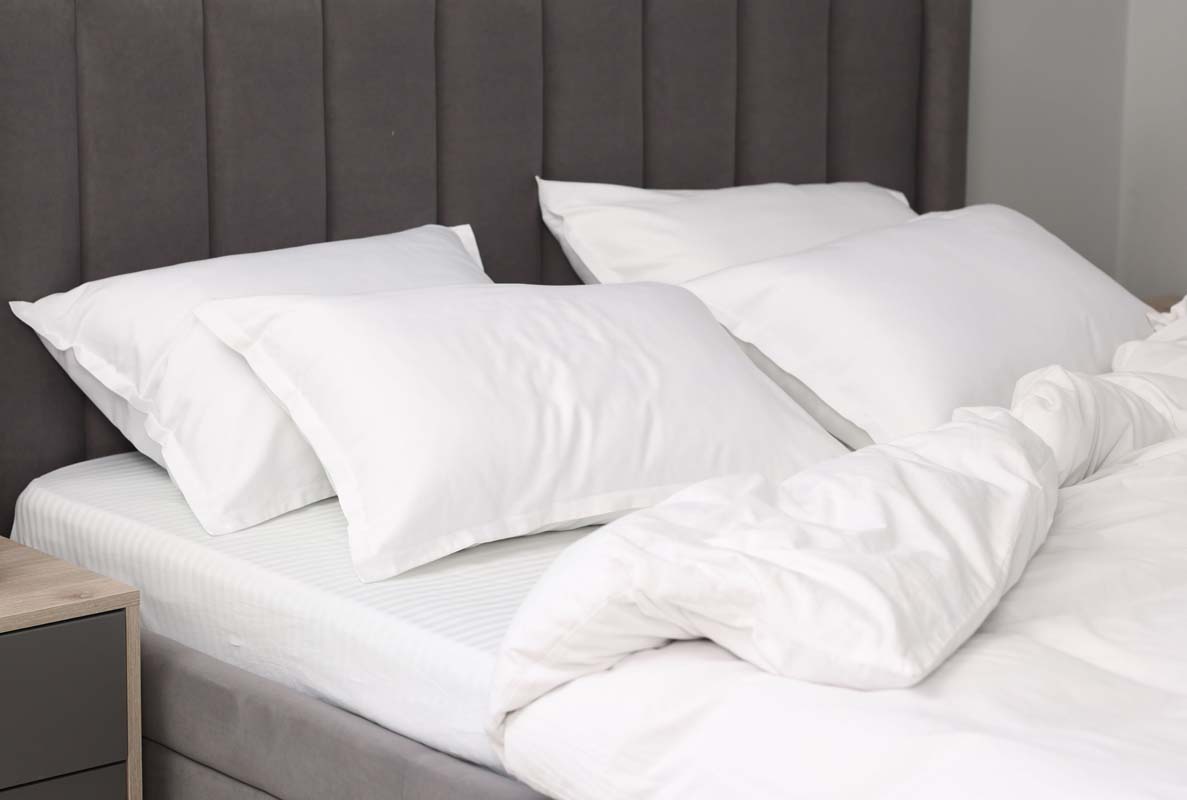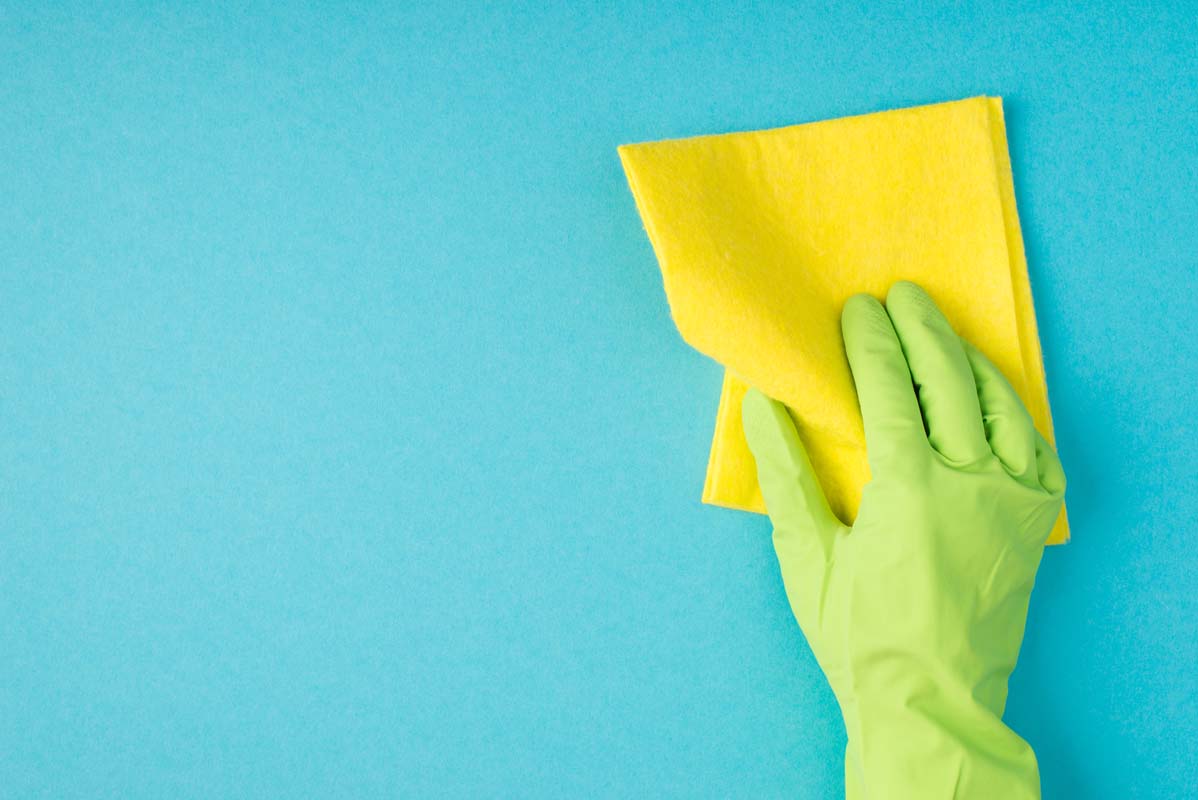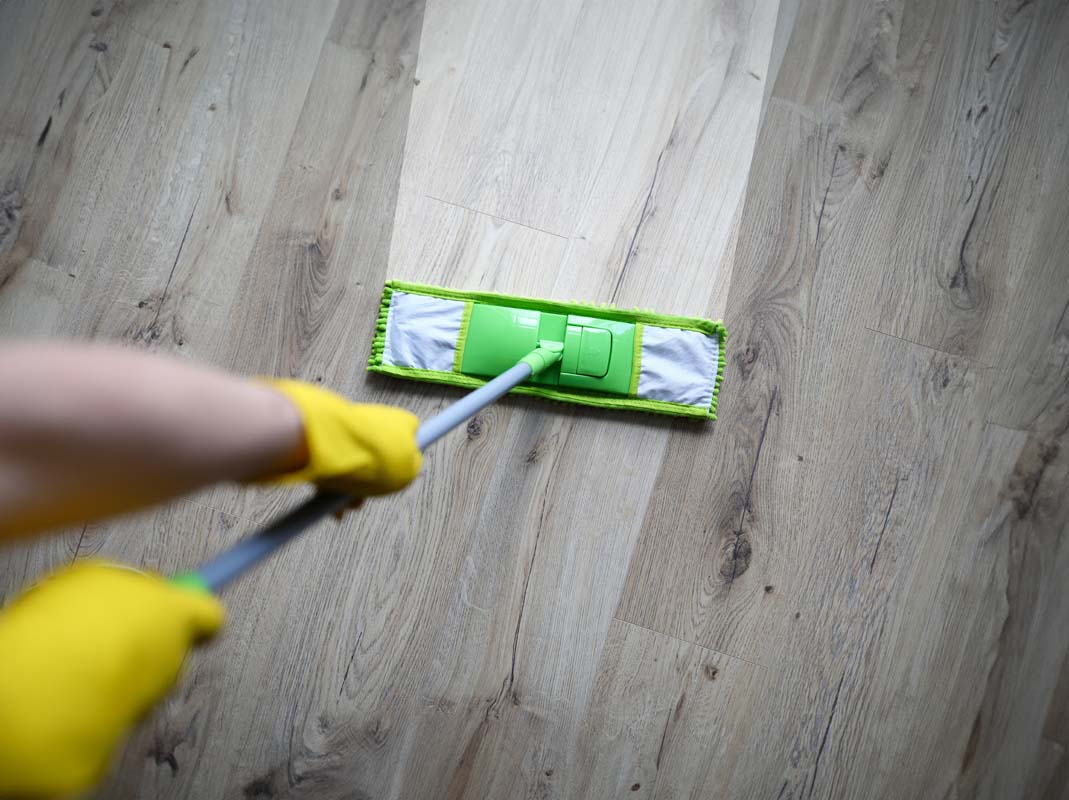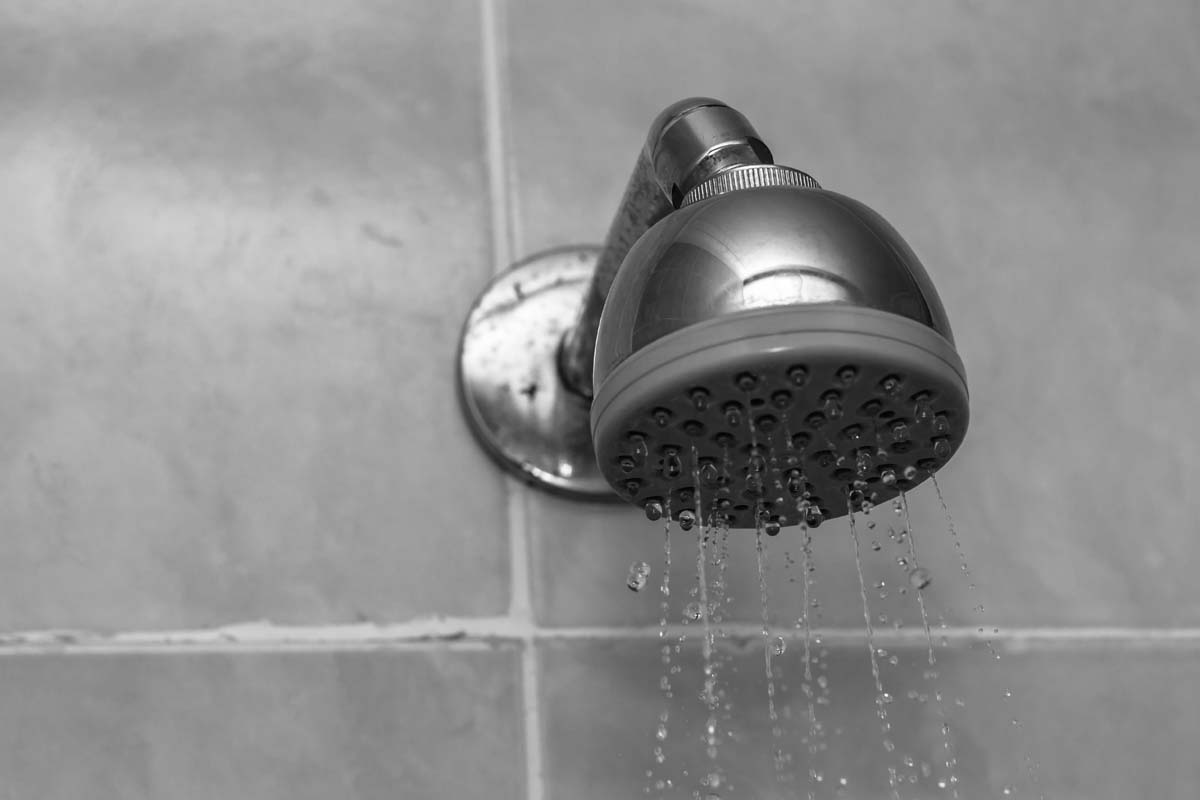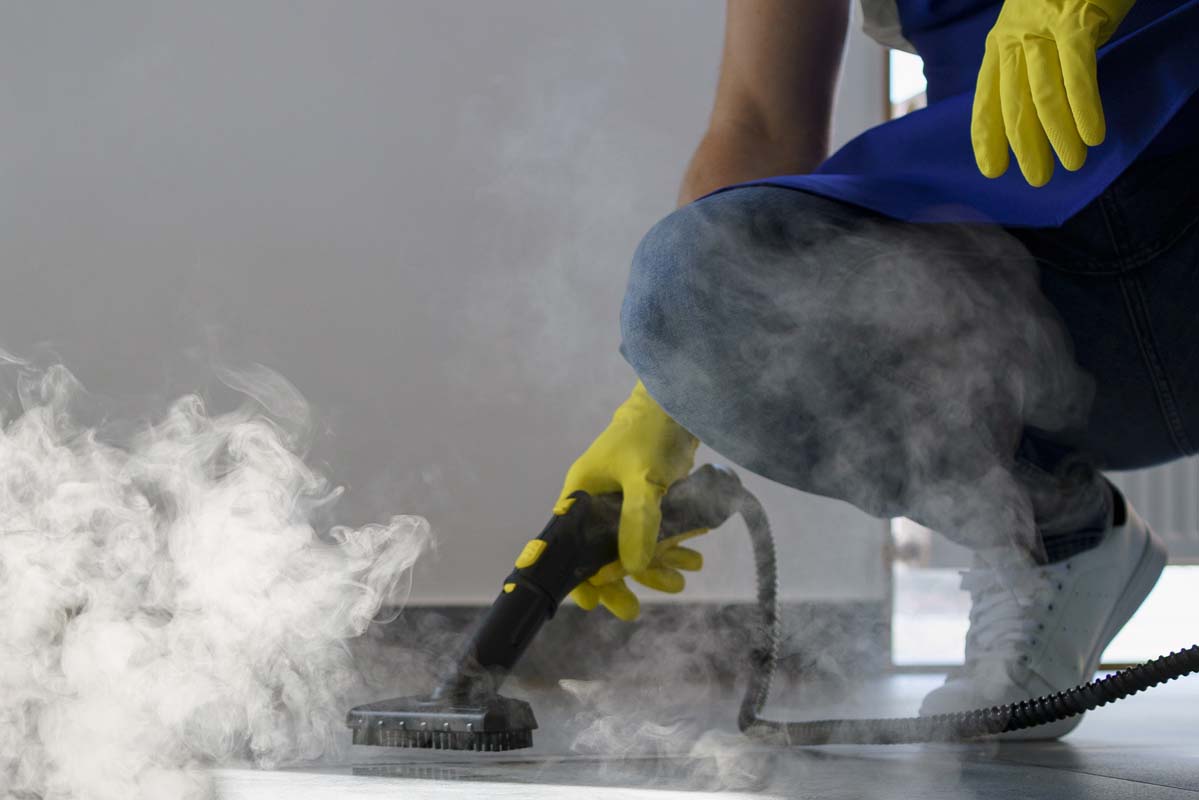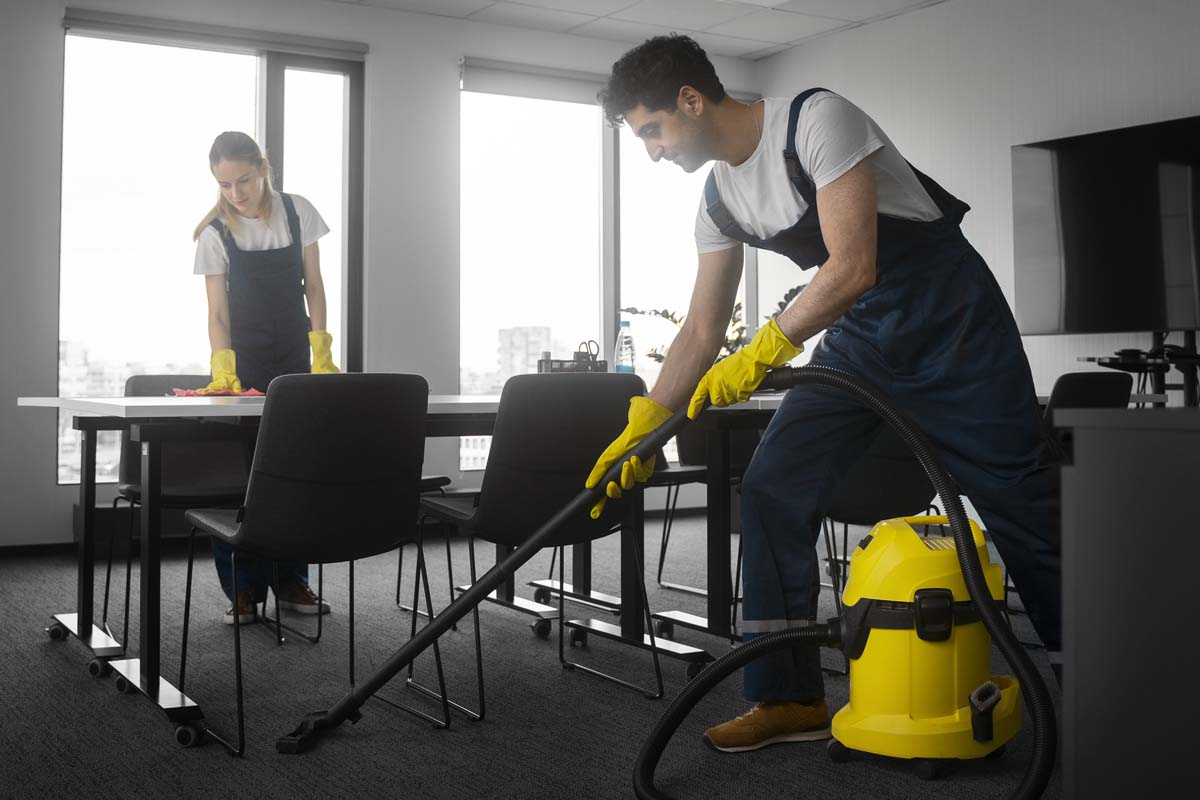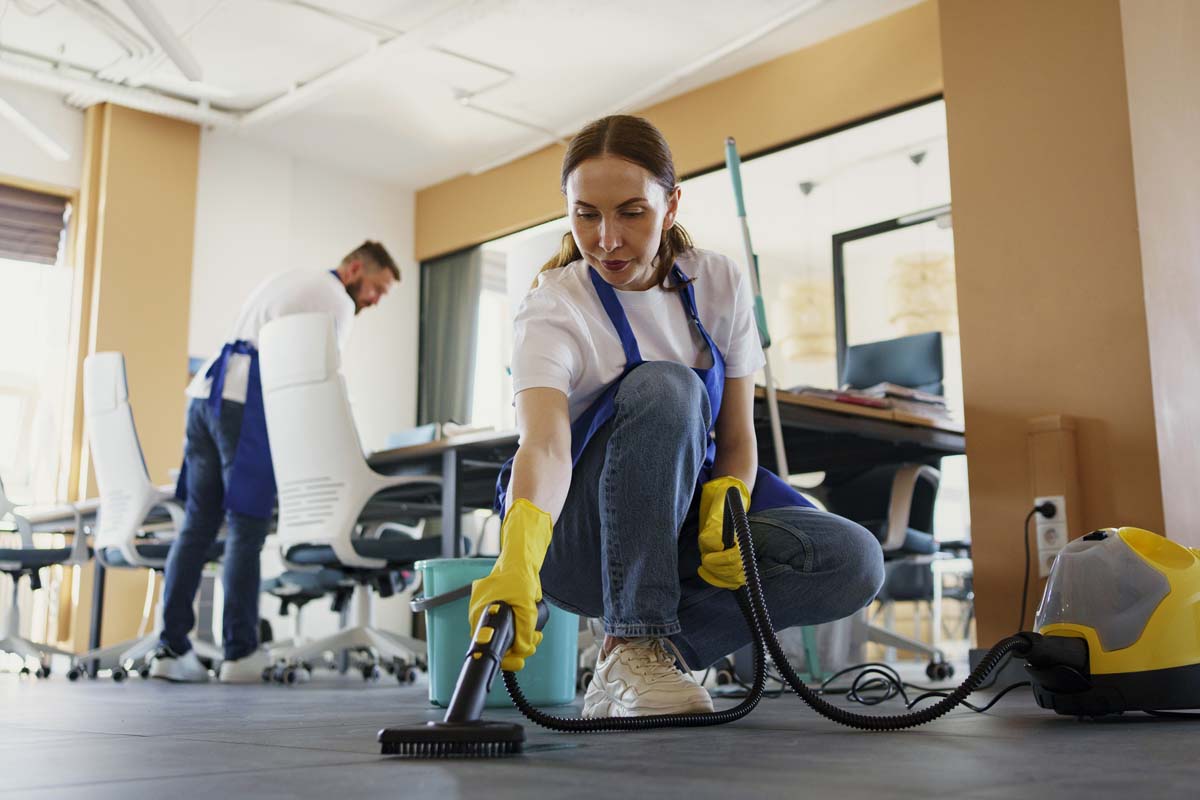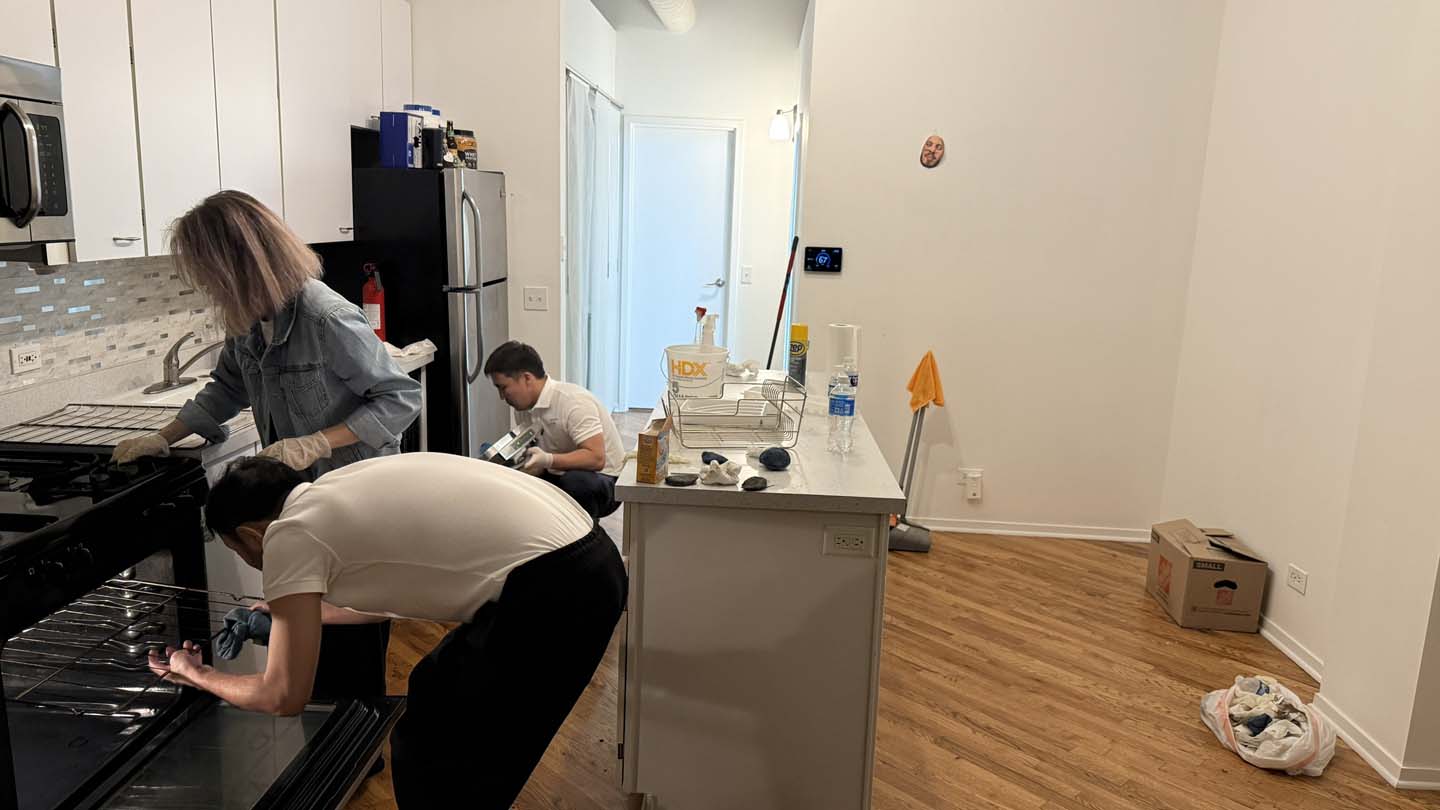A Step-by-Step Guide: Can You Wash Pillows the Right Way?
You wash your sheets, your pillowcases, and your comforter on a regular basis. But what about the item you rest your head on every night? Pillows are a magnet for sweat, oil, dead skin cells, and dust mites. In fact, a pillow can double its weight in a few years from all the debris it accumulates. The thought of all that can make you squirm, but it also leads to a common question: can you wash pillows without ruining them?
The answer is a resounding yes! For most pillow types, a good wash is not only possible but necessary for a hygienic and comfortable night’s sleep. A proper washing can revitalize a tired, lumpy pillow, making it feel fresh and new again. The key is to know what type of pillow you have and to follow a few simple steps to ensure you don’t cause any damage.
Here is a complete guide to washing pillows the right way, ensuring they come out clean, fluffy, and ready for a good night’s rest.
Step 1: Always Check the Care Tag
Before you do anything else, take a moment to look at the care label on your pillow. This tag is your ultimate guide, as it will tell you exactly what the manufacturer recommends. It will indicate whether the pillow is machine washable, dry-clean only, or if it can only be spot-cleaned. Most pillows with down, feathers, or synthetic fillings are safe to machine wash, but memory foam pillows and those filled with buckwheat hulls are typically not. If the tag says to dry clean only, it’s best to follow those instructions.
Step 2: The Best Method for Washing Pillows
Once you’ve confirmed that your pillow is machine washable, you can begin the process. The goal is to clean it without clumping the filling or leaving a soapy residue behind.
- The Right Machine: A front-loading washing machine is ideal because it doesn’t have a central agitator to twist and pull the pillows out of shape. If you have a top-loading machine, it's best to wash two pillows at a time to balance the load and prevent the pillows from getting wrapped around the agitator, which can damage them.
- The Wash Cycle: Use a gentle or delicate cycle with warm or cold water. Hot water can break down the fibers and shrink the fabric, so it is best to avoid it.
- The Detergent: A little goes a long way. Use a small amount of mild, low-suds laundry detergent. Using too much soap can leave a residue in the pillow’s stuffing that can cause it to feel lumpy and stiff, or even attract more dirt.
- The Double Rinse: To ensure every last bit of soap is removed from the thick filling, run your pillows through a second rinse cycle. This is a crucial step that many people skip but makes all the difference in the final result.
Step 3: Drying Pillows the Right Way
Drying your pillows is just as important as washing them. It's essential to ensure they are completely dry before you put them back on your bed, as any remaining moisture can lead to mildew and a musty smell.
- Low Heat is Best: Place your pillows in the dryer on a low-heat setting. High heat can damage the filling and the fabric, so be patient.
- The Tennis Ball Trick: For down and synthetic pillows, a simple hack will help them dry faster and regain their fluffiness. Put two clean tennis balls inside a clean sock or pillowcase and toss them into the dryer with your pillows. The tennis balls will bounce around, fluffing up the pillows and helping to break up any clumps, ensuring they dry evenly and thoroughly.
Common Pillow Types: Washing Guide
Different pillow fillings require slightly different care. Here are some quick guidelines for the most common pillow types:
- Down and Feather Pillows: These are very delicate. Use a small amount of liquid detergent, and make sure to use a double rinse cycle. When drying, start on a no-heat or low-heat cycle and tumble for a long time. It may take several hours to get them completely dry, and it’s a good idea to periodically take them out and fluff them by hand to break up any clumps.
- Synthetic Pillows: These are the easiest pillows to wash. They hold up well to a gentle cycle with a mild detergent and dry relatively quickly. They are also less prone to clumping than down pillows.
- Memory Foam Pillows: Memory foam should never be put in a washing machine or dryer. The heat and agitation will destroy the foam. Instead, spot-clean them with a gentle solution of soap and water, or simply air them out in a well-ventilated area.
What to Avoid When Washing Pillows
Knowing what not to do is just as important as knowing what to do. Avoid these common mistakes to protect your pillows:
- Don't Use Bleach: Harsh chemicals like bleach can damage the pillow's filling and fabric.
- Don't Use Fabric Softener: Fabric softener can leave a residue that weighs down the filling and makes the pillow less comfortable.
- Don't Overload the Washer: Wash only two pillows at a time to ensure they have enough room to move around and get a thorough clean.
By following these simple steps, you can confidently answer the question, "can you wash pillows?" with a yes. A simple washing routine can transform your pillows, giving you a fresh, clean, and healthy place to rest your head every night.
